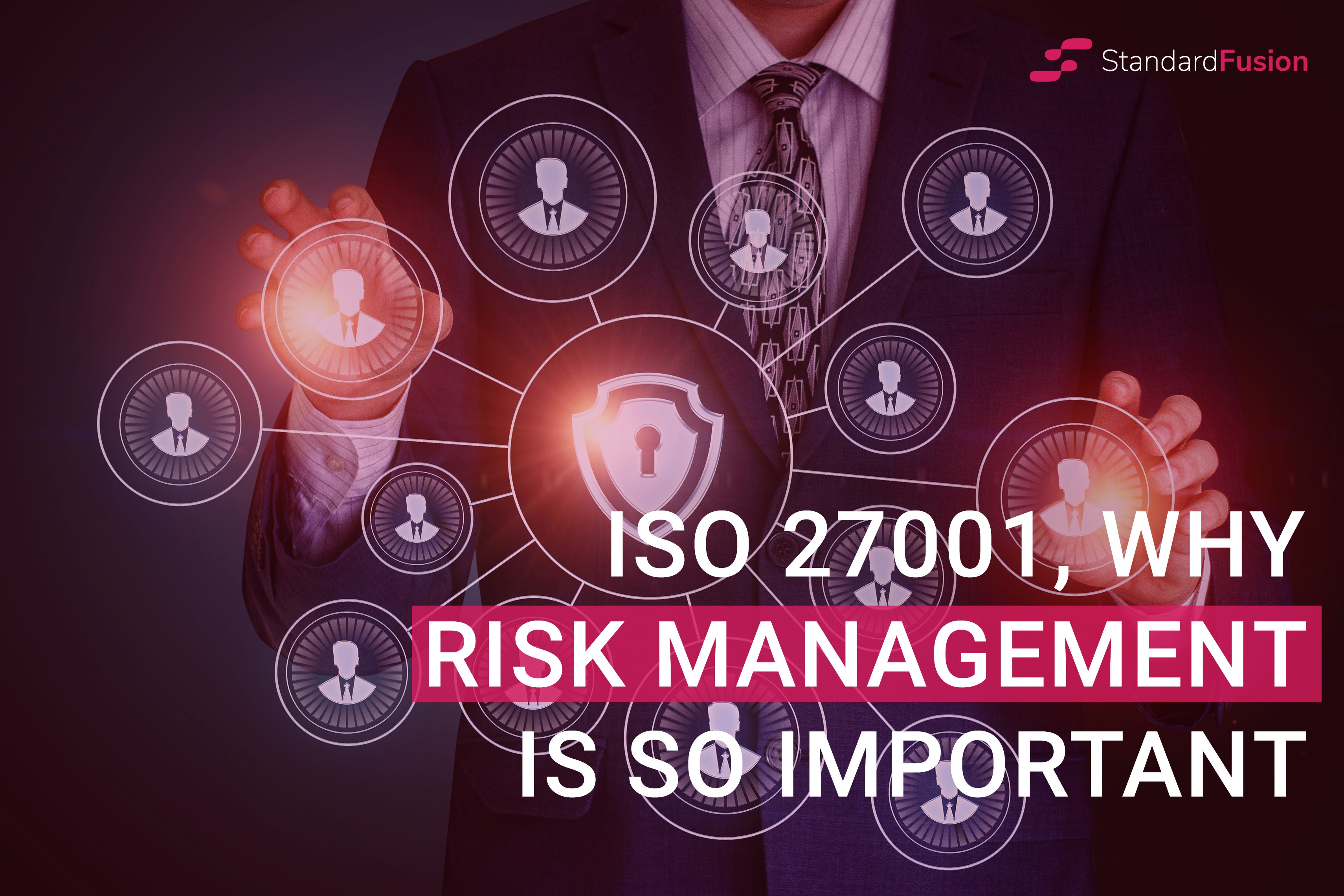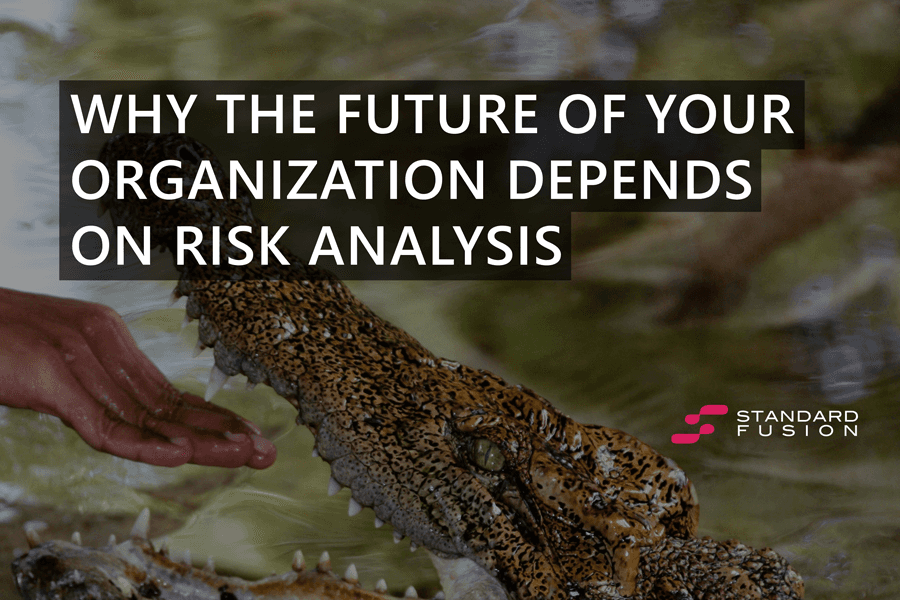Published on: Sep 12, 2019
ISO 27001, Why Risk Management is so Important
As the technological landscape continues to evolve, malicious hackers can breach your company in any one of a thousand ways. As businesses scale, they must adapt to meet ever-changing market and industry demands, while exposure to risk is continuously increasing. Is your risk management program evolving with your business, and is it protecting you from potential breaches?
ISO 27001 Risk Management
In order to successfully complete an ISO 27001 certification audit, businesses are required to have documented proof of their risk management systems, including the assessment process, the identification of vulnerabilities, the potential impacts that the exposure to risk creates, and the controls in place to manage those risks. In short, businesses need to know where attacks may come from and to be ready for when they do.
Threats are evolving and AI-powered attacks aren't science fiction anymore. The world is adapting to the pace of technology, and as it does, businesses are discovering new vulnerabilities that never existed. Your job is to find those potential vulnerable points in your business, and proactively build security measures to counter them before they can affect your customers. Can your business afford to react to problems after they happen? Not likely.
Identifying Risk
One of the most effective means of identifying risks, is to establish a Risk Management Framework (RMF). As you examine information security and human resource risks, the RMF will help you repeatedly identify, prioritize and treat threats.
Besides simply brainstorming, you need to take a proactive approach to identifying risks. You can use internal and external research, seek feedback, use modeling software, or leverage expert consultation.
Analyzing Risk
Some risks are hardly noticeable, while others could become catastrophic if left untouched. What is the likelihood that the risk will occur and how big of an impact might it have? Weighting the numbers differently depending on the situation allows security teams to calculate potential impact for various scenarios.
Evaluating and Treating Risk
Start to select security controls that your business can implement to mitigate the threat of risk. More complex threats may require additional analyses and assessments in order to build an appropriate mitigation strategy. Security needs to be both applicable for the business and effective against the threat.
Once those measures are in place, it is important to re-evaluate the risk level. On going monitoring and assessment of how effective the controls are at managing risk is key.
Risk Identification Methods
An identification method is the set of rules applied by your business to identify risk. As a brief overview, here are some ways to identify threats within your business (not each model is appropriate for every industry).
Asset Audit
Each element of the business is labeled as an asset and considered individually for the security measures protecting it from risk. Most commonly, this includes the flow of data, the impact of unsecured assets, and the safeguards in place. It's easy to understand, easy to report, and easy for all levels of your organization to implement.
Pipeline
For businesses that operate with transactions, the pipeline model will assess five different aspects, such as the flow of information, how the human element accesses the information and the controls put in place. It's an effective means to identify gaps in the pipeline of your business.
Fault Trees
This methodical approach to risk management deduces the goal of the attacker and works in reverse to identify weaknesses and vulnerabilities within your company. This methodology requires experience to be effective and can result in improper risk identification if done incorrectly.
Your Company's ISO 27001 Risk Management System
Ready for what the world is going to throw at your business? It takes diligence, preparation, and a secure approach to risk management to be ready for whatever your business will face in the market. By implementing an appropriate methodology, conducting regular analysis and implementing suitable controls, your business will have the risk management program it needs to mitigate potential attacks.







